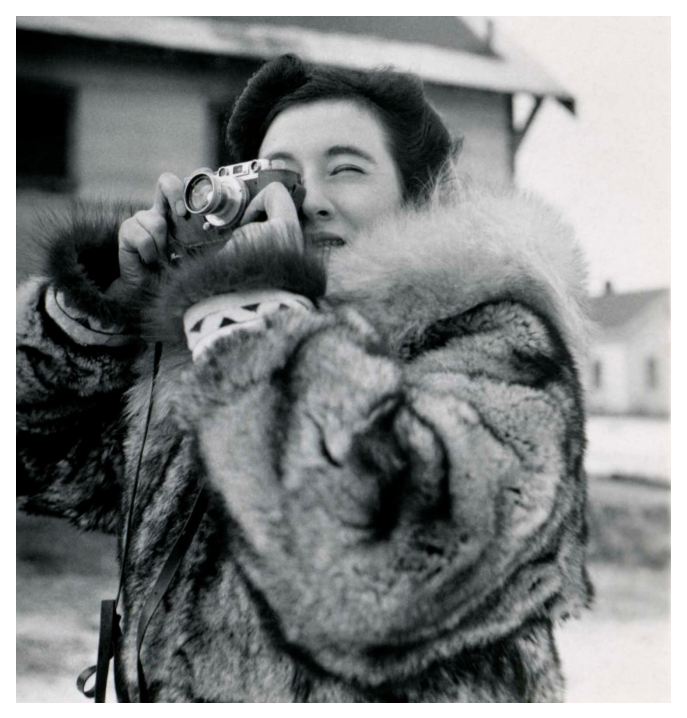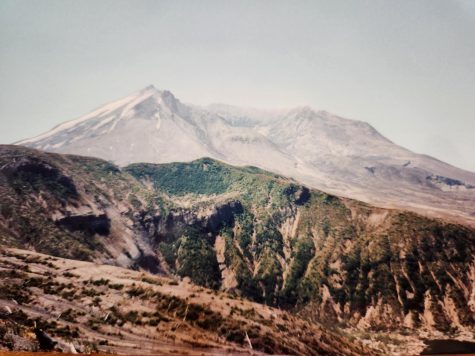Women’s History Month: Ruth Gruber
April 3, 2023
Ruth Gruber was born in Brooklyn on September 30, 1911, to Russian Jewish immigrants David and Gussie Gruber. At the age of eighteen, she graduated from New York University and continued on, with fellowships, to the University of Wisconsin and received her master of arts in both German and English literature. In 1931, twenty-year-old Gruber got a fellowship to travel to Cologne, Germany, to earn her doctorate, becoming the youngest person in the world to achieve such a degree. While in Germany, she witnessed the rise of Hitler’s power. She attended Nazi rallies with a tiny American flag on her lapel and heard Hitler rant hysterically against Americans and even more hysterically against Jews.
After returning home in the midst of the Great Depression, Guber struggled to find work, and after writing an article published in the New York Times, the New York Herald Tribune hired Gruber. In 1935 the Herald Tribune gave her press credentials and, on another fellowship, she became the first foreign correspondent to travel to the Soviet Arctic. There, she lived among prisoners and documented the living conditions of Stalin’s gulags. Gruber later published her adventure in her book, “I Went to The Soviet Arctic.” Shortly afterward, she was asked to go to Alaska to conduct a social and economic study of Alaska in connection with opening it for GIs and homesteaders. She covered the vast territory by plane, train, truck, paddle-wheel steamer, and dogsled for over eighteen months. In 1944, President Roosevelt assigned Gruber to bring a thousand refugees from Europe to a former Army camp in upper New York State. For this mission, she was given the rank of simulated general, and Harold Ickes explained to her that: “if you’re shot down, and the Nazis capture you as a civilian, they can kill you as a spy. But as a general, according to the Geneva Convention, they have to give you food and shelter and keep you alive.”
In 1946, Gruber left the government, and the New York Post asked her to cover the Anglo-American Committee of Inquiry on Palestine. She followed the committee for four months. In 1947 Gruber was, once again, hired to be a foreign correspondent for the New York Herald Tribune and traveled with the United Nations Special Committee on Palestine through Europe and the Middle East. When visiting Jerusalem, Gruber heard of a ship with 4,500 refugees that had been intercepted by the British in the harbor. The ship was damaged heavily, with 120 people injured and three dead, including two sixteen-year-old orphans and the American second mate. The refugees were transferred to prison ships and returned to Germany, where they were kept in fenced compounds similar to the Nazi concentration camps.
Over seven decades, she was a correspondent in Europe and the Middle East and wrote 19 books based primarily on her own experiences. According to The New York Times, Gruber “often crossed the line from journalist to human rights advocate, reporting as well as shaping events that became the headlines and historical footnotes of the 20th century.”
Sources
Robert. “Ruth Gruber, a Fearless Chronicler of the Jewish Struggle, Dies at 105.” The New York Times, The New York Times, 18 Nov. 2016, www.nytimes.com/2016/11/18/nyregion/ruth-gruber-dead.html
Seaman, Barbara. “Ruth Gruber.” Jewish Women’s Archive, jwa.org/encyclopedia/article/gruber-ruth













